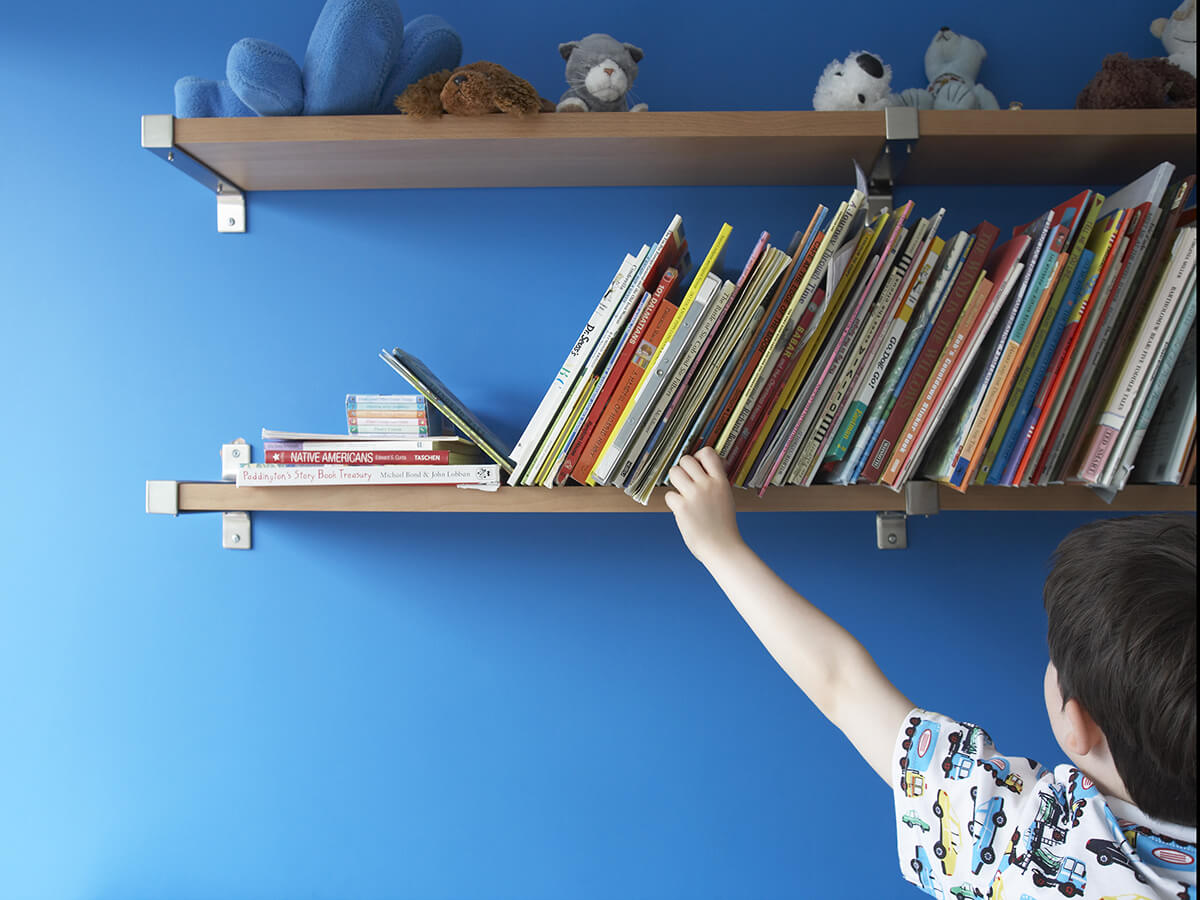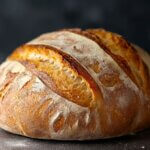Podcast: Download
Subscribe: RSS
From time to time, I’ve felt called to write about racial injustice. For example, I’ve pondered my role as a bystander by not speaking up about racial injustice. The deaths of George Floyd, Ahmaud Arbery and Breonna Taylor have put the issue of racism in the United States front-and-center this summer. Racial injustice is so big, so complicated that I’m at a loss for how to help. Where do I begin?
In this video titled Courageous Presence with Racism, author and psychologist Tara Brach says, “We each have a role to play. We each have medicine we can apply to this illness.” Tara advises to “start right where you are.”
So, where am I? Well, I am a white privileged woman living in a predominantly white, conservative community. I am fortunate enough to have a house full of books, many of which are children’s books. Over the decades, I’ve read these tales to my children, grandchildren and great-grandchildren.
This New York Times article by Jessica Grose challenged me to consider my personal library through the lens of race. Jessica writes, “A way to raise children who are anti-racist is by making sure your home library has books with black people at the center of their stories.”
When I checked my small library of children’s books, I found that out of 170 children’s books, three had black characters. I do not remember reading these books to my children or grandchildren; in fact, I cannot remember what the stories were about or why I purchased them. Slowly it dawned on me that I have been a racist and didn’t even know it.
Jessica’s article, These Books Can Help You Explain Racism and Protest to Your Kids contains age-appropriate book recommendations for kids ages 0 -12. That’s perfect for my great-grandchildren, whose ages range from pre-school to kindergarten. So, I am taking one small step forward and buying several books for them, including Each Kindness, The Youngest Marcher, A Letter to Amy and Whistle for Willie.
I know that ultimately words and books should not be the end of our children’s education about racism. But for me, it is one small step forward. . .as I consider the next step toward making a contribution to end racism.









Including this in your newsletter was very good. For me, getting to know well Black persons who were professional colleagues in an earlier public health setting was so greatly eye opening. Chuck Green’s series for Hope Church Adult education was excellent as is Ibram Kendi’s “How to Be An Antiracist.”
Thank You for this, Karen 🙂
I had the same aha experience when I reviewed my own children’s book collection through the eyes our first grandchild. She’s still an infant, but her skin is a beautiful mahogany brown. When I read books to her at “gramma’s house” in the years ahead, I want her to see all of the beauty and possibility of children whose skin color and hair are more like hers.
Thanks for posting this, Karen. I second Norma’s recommendation for Ibram Kendi’s “How to Be An Antiracist.” Since the 2016 election I’ve read a lot, trying to understand more about our racism. Christian Century had a piece recently with children’s books to help talk to white kids about what whiteness means: https://www.christiancentury.org/review/books/talking-white-kids-about-what-whiteness-means